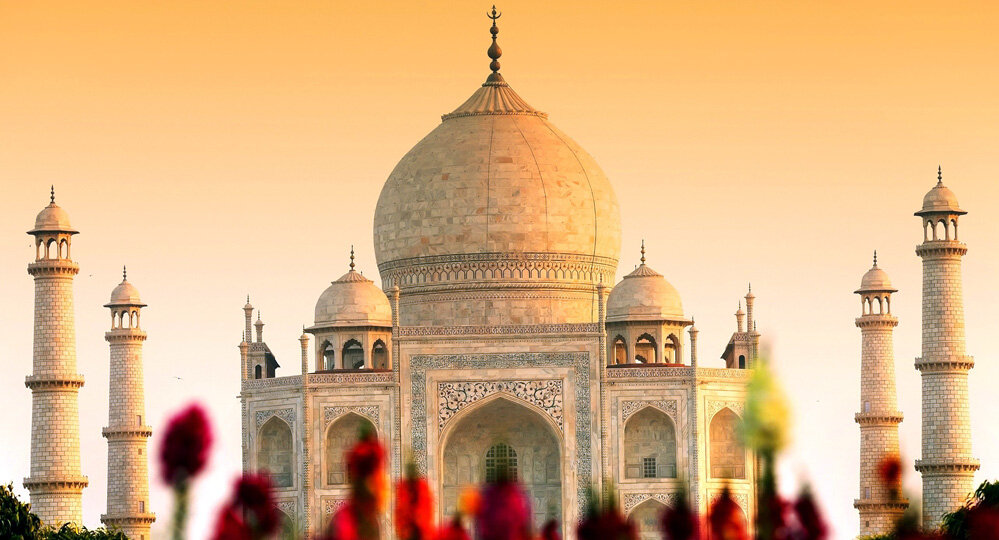Explore Indian architectural marvels at Tehran’s Golestan Palace

TEHRAN – A loan exhibit featuring architectural marvels of India is underway at the UNESCO-registered Golestan Palace in downtown Tehran, which has long been a major destination for foreign travelers.
A select of 24 works by Indian painter Kashinath Das are being exhibited under the title “Architectural Wonders of India: Watercolor Representation” in Shams-ol-Emareh, a prominent building on the east side of the Golestan Palace complex, Mehr reported on Sunday.
Running from August 19 to September 18, the event is organized under the auspices of Swami Vivekananda Cultural Centre (Indian Cultural Centre), and Indian Embassy to mark 70th year of diplomatic relations between the two nations.
Alongside the exhibit, the World Heritage site showcasing a selection of 40 historical photographs featuring various themes from India including buildings, [cultural] sites, tombs, minarets, social anthropology, and cities of Kolkata, Deccan, Mumbai. It also showcases a selection of wooden furniture donated from India during Qajar era (1789–1925).
Visitors have the opportunity to tour a UNESCO site, which embodies a successful integration of earlier Persian crafts and architecture with Western influences.
Located in the heart and historic core of Tehran, the palace complex is one of the oldest in the Iranian capital, originally built during the Safavid dynasty in the historic walled city. Following extensions and additions, it received its most characteristic features in the 19th century, when the palace complex was selected as the royal residence and seat of power by the Qajar ruling family.
It was not only used as the governing base of the Qajari Kings but also functioned as a recreational and residential compound and a center of artistic production in the 19th century. Through the latter activity, it became the source and center of Qajari arts and architecture.
At present, Golestan Palace complex consists of eight key palace structures mostly used as museums and the eponymous gardens, a green shared center of the complex, surrounded by an outer wall with gates.
Golestan Palace features some 82,000 historical objects -- such as royal utensils, vessels and jewelry pieces, carpets and rugs -- inside its many museums that add up to its own charm, director of the historical site says.
AFM/MG
Leave a Comment